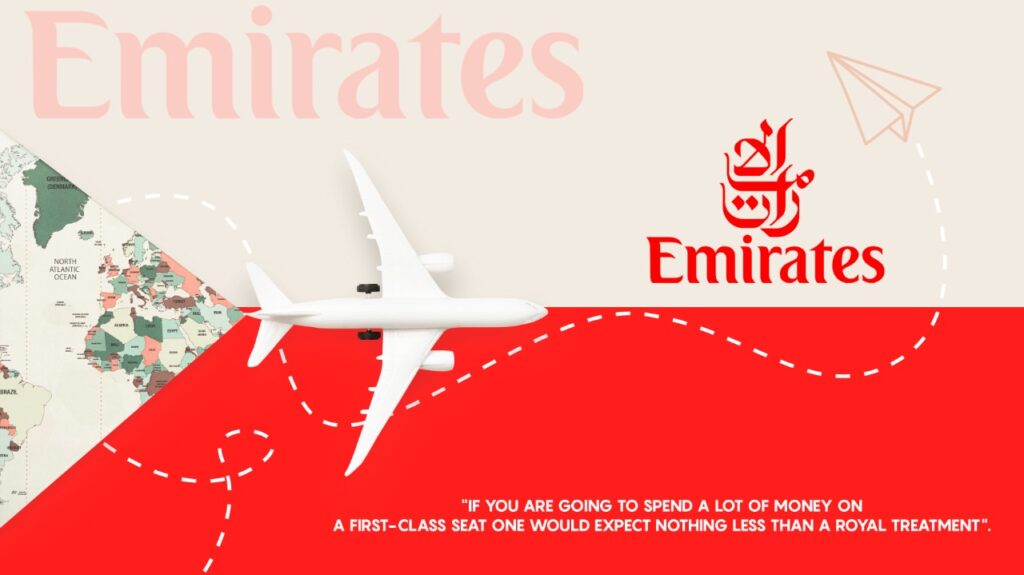Emirates

Emirates, the world’s fourth-largest airline by scheduled revenue passenger-kilometers flown and the number of international passengers carried was founded in 1985 by the royal family of Dubai. The airline’s first flight was from Dubai to Karachi, Pakistan in October of that year. Its first aircraft stock came in the form of a pair of Boeing 727-200s provided by the Dubai Royal Air Wing. The airline grew rapidly through partnerships and investment to become one of the world’s leading air carriers.
But like all airlines, even Emirates had its troubles. The airline historically has made much of its profits from shuttling oil executives around the world, a business that has become less lucrative as oil prices have fallen. Emirates has also seen demand lag in some areas hit by terrorist attacks and other external shocks. And on the passenger experience front, many airlines have finally caught up with Emirates, with several offering similar perks for premium passengers.
The trick is to match [price], and deliver more. That is becoming more difficult these days, because of the increasing red ocean market the competitors are following, essentially, the same business model. Because certain segments of the markets have become deeply discounted they have to decide whether to extract more value through the ancillary revenue stream. Where the value is clear to the customers and is delivered to them in a manner that they expect, they will pay the required amount.
Talking from a customer’s point of view, he briefs, “If you are going to spend a lot of money on a first-class seat one would expect nothing less than a royal treatment”. The trick lies in understanding and delivering that experience in order to keep them coming back. The 380 was the answer for them because they were able to meet the customer expectations, at lower unit costs, simply because the aircraft is so big, and because they could get 75 to 85 percent seat factors out of it. Everybody’s happy, and they’ll keep coming back.




